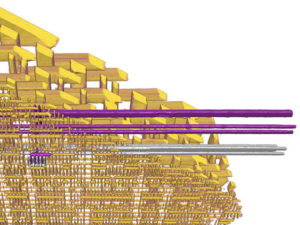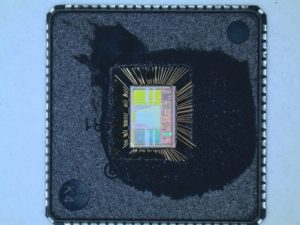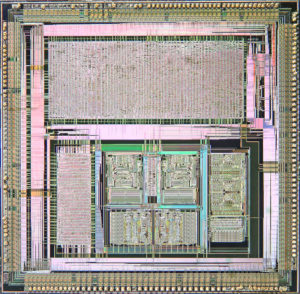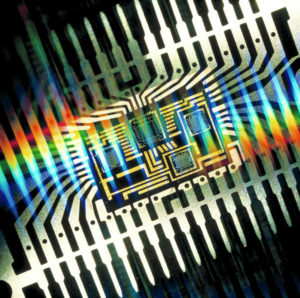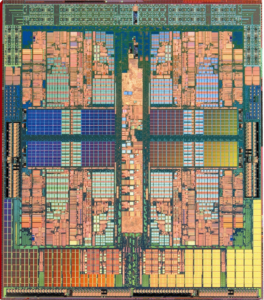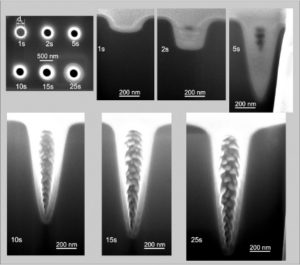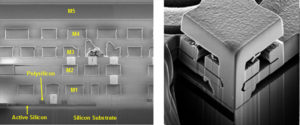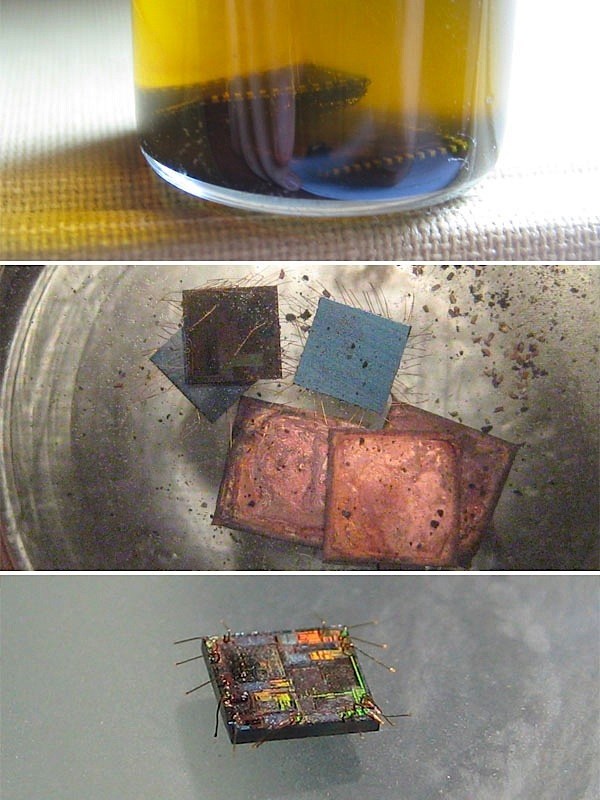Crack MCU ATMEGA32PA Binary
After modify the circuitry pattern of microcontroller, the status of microcontroller will be reset from locked to unlocked by Crack MCU ATMEGA32PA technique and extract IC Binary out from its memory;
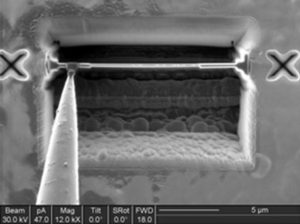
After modify the circuitry pattern of microcontroller, the status of microcontroller will be reset from locked to unlocked by Crack MCU ATMEGA32PA technique and extract IC Binary out from its memory
If the code protection bit has not been programmed, the on-chip program memory can be read out for verification purpose, The first 64 locations and the last location (Reset vector) can be read, regardless of the code protection bit setting.
Four memory locations are designated as ID locations where the user can store checksum or other code identification numbers. These locations are not accessible during normal execution, but are readable and writable during Program/Verify if pull microcontroller PIC24HJ64GP506 MCU.
Use only the lower 4 bits of the ID locations and always program the upper 8 bits as ‘0’s. The MCU ATMEGA32PA microcontrollers can be serially programmed while in the end application circuit.
This is simply done with two lines for clock and data, and three other lines for power, ground and the programming voltage. This allows customers to manufacture boards with unprogrammed devices and then program the microcontroller just before shipping the product. This also allows the most recent firmware or a custom firmware, to be programmed.
The devices are placed into a Program/Verify mode by holding the GP1 and GP0 pins low while raising the MCLR (VPP) pin from VIL to VIHH (see programming specification) when decrypt avr MCU atmega64L.
GP1 becomes the programming clock and GP0 becomes the programming data. Both GP1 and GP0 are Schmitt Trigger inputs in this mode. After Reset, a 6-bit command is then supplied to the device. Depending on the command, 16 bits of program data are then supplied to or from the device, depending if the command was a Load or a Read.
For complete details of serial programming, please refer to the MCU ATMEGA32PA Programming Specifications. A typical In-Circuit Serial Programming connection.
The PIC16 instruction set is highly orthogonal and is comprised of three basic categories.
· Byte-oriented operations
· Bit-oriented operations
· Literal and control operations
Each PIC16 instruction is a 12-bit word divided into an opcode, which specifies the instruction type and one or more operands which further specify the operation of the instruction. The formats for each of the categories is presented in Figure 10-1, while the various opcode fields are summarized in Table 10-1.
For byte-oriented instructions, ‘f’ represents a file register designator and ‘d’ represents a destination designator. The file register designator specifies which file register is to be used by the instruction.
The destination designator specifies where the result of the operation is to be placed. If ‘d’ is ‘0’, the result is placed in the W register. If ‘d’ is ‘1’, the result is placed in the file register specified in the instruction.
For bit-oriented instructions, ‘b’ represents a bit field designator which selects the number of the bit affected by the operation, while ‘f’ represents the number of the file in which the bit is located.
All instructions are executed within a single instruction cycle, unless a conditional test is true or the program counter is changed as a result of an instruction. In this case, the execution takes two instruction cycles. One instruction cycle consists of four oscillator periods.
Thus, for an oscillator frequency of 4 MHz, the normal instruction execution time is 1 ìs. If a conditional test is true or the program counter is changed as a result of an instruction, the instruction execution time is 2.
Figure 10-1 shows the three general formats that the instructions can have. All examples in the figure use the following format to represent a hexadecimal number:
Tags: crack mcu binary archive,crack mcu binary code,crack mcu binary content,crack mcu binary data,crack mcu binary eeprom,crack mcu binary file,crack mcu binary firmware,crack mcu binary information,crack mcu binary memory,crack mcu binary program


